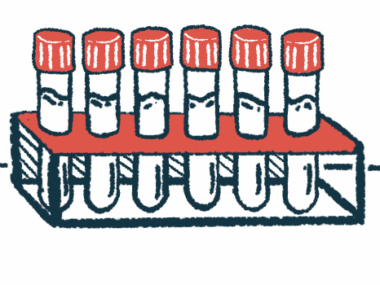Plasma Exchange Effective for AAV Patients with Severe Renal Damage, Study Reports
Written by |

Treatment using plasma exchange can help ANCA-associated vasculitis patients with severe renal damage become independent of dialysis in just a few weeks, according to a study.
The study, “Plasma exchange is highly effective for ANCA-associated vasculitis patients with rapidly progressive glomerulonephritis who have advanced to dialysis dependence: A single-center case series,” was published in the journal Therapeutic Apheresis and Dialysis.
Anti-neutrophil cytoplasmic antibody (ANCA)-associated vasculitis (AAV) is a disease characterized by inflammation of small blood vessels. AAV is systemic and can often involve multiple organs including the skin, ear, lungs, gastrointestinal tract, kidneys, and central nervous system.
Involvement of the kidneys or lungs is commonly seen in patients with AAV, and complications can sometimes be life-threatening. In such cases, doctors often add plasmapheresis as a complementary treatment.
Plasmapheresis is a process that filters blood and removes harmful antibodies. This technique is often used in patients with autoimmune diseases, in which the immune system (including antibodies) attacks healthy tissue. In the case of AAV, plasmapheresis serves to remove ANCAs.
In a prior trial led by the European Vasculitis Study Group, researchers showed that plasma exchange, a type of plasmapheresis, was effective for the treatment of severe renal impairment.
As a result, guidelines now recommend that AAV patients with severe renal impairment be treated with plasma exchange in combination with standard immunosuppressive treatment.
However, studies have never evaluated the effectiveness of plasmapheresis for treating AAV-rapidly progressive glomerulonephritis (AAV-RPGN), a disease caused by rapid inflammation of the kidney, in Japanese patients.
To address this, the researchers examined the records of 11 AAV-RPGN Japanese patients admitted to the University of Tsukuba Hospital between 2008 and 2018 who received plasma exchange either for severe renal damage (seven patients; the R‐PEX cohort) or for lung bleeding (four patients; the L‐PEX cohort).
All patients in the R‐PEX cohort were dependent on hemodialysis when they first started plasma exchange and received seven sessions of plasma exchange over two weeks. Interestingly, they all became dialysis‐independent within eight weeks of treatment.
Specifically, three patients became independent at two weeks post-treatment, two patients at four weeks, one patient at six weeks, and one at eight weeks.
After 12 months of treatment, 80% of patients in the R-PEX remained dialysis-independent, and none in the L-PEX group had needed dialysis.
Therefore, “in rapidly developing, newly dialysis‐dependent AAV‐RPGN patients with normal renal function before disease onset, standard [plasma exchange] can be expected to induce sufficient renal recovery to establish dialysis independence,” the researchers concluded.





